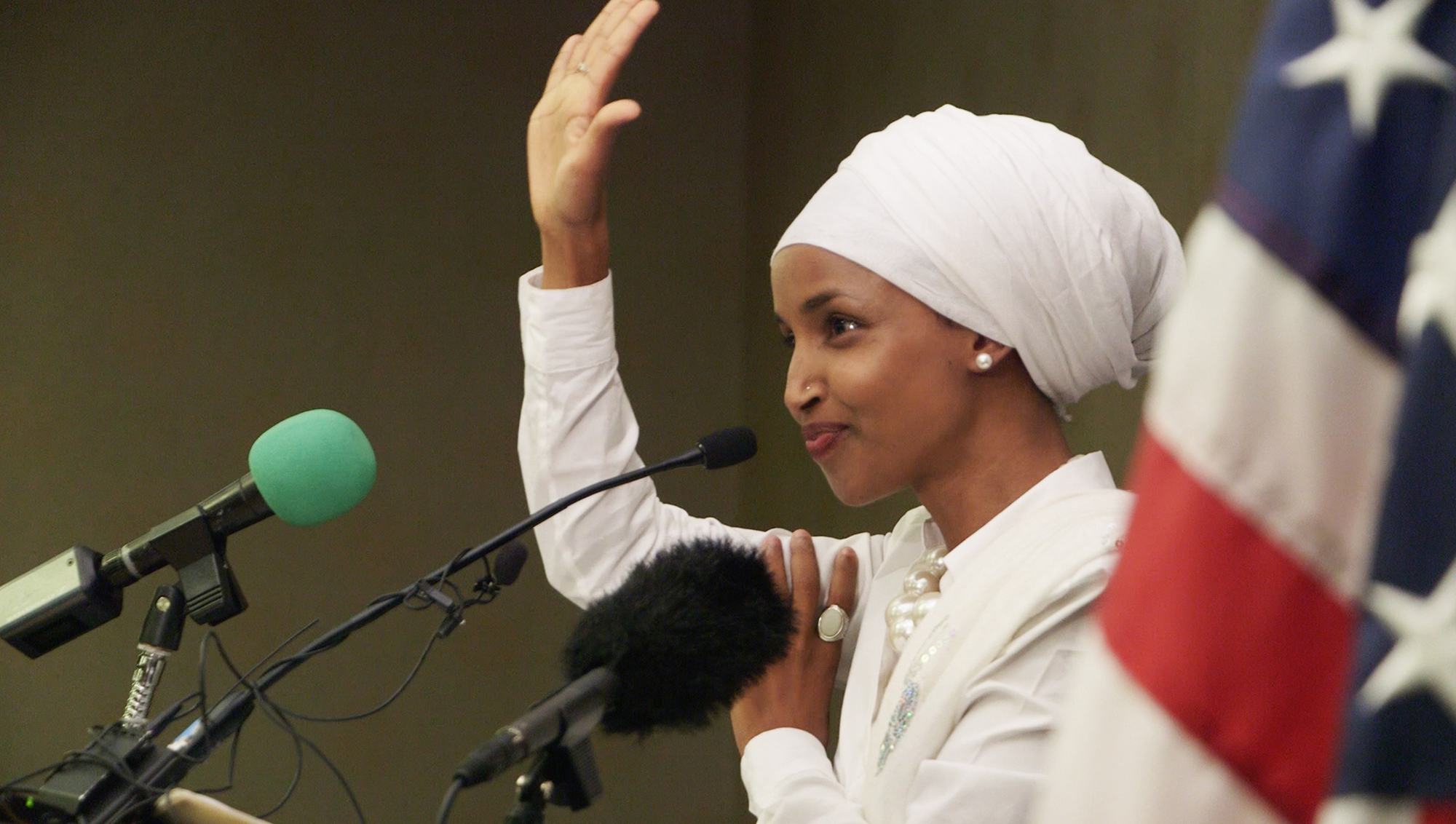
Film Review by: Julia Seel
“We’re not at our America yet; we’re still going.”
Ilhan Omar concludes her immigrant narrative with this statement. She summarizes her family’s journey from Somalia to Minnesota in a campaign speech and ends the speech with a sentence that could well typify all of Time for Ilhan.
In this documentary Ilhan’s main criticisms of any other political representative are that they aren’t acting for their constituents, or they aren’t building community. Time for Ilhan’s points of conflict revolve around these two criticisms. Ilhan and team strategize an overwhelming amount of data into a door-to-door campaign that shows the diverse community. Explanation of the new community changes – namely, a growing Somali population – is contrasted against long-time representative Kahn’s focus on the concerns of historic residents. Noor and his supporters make Ilhan’s election less certain by reneging on a promise to unify. A falsehood about Ilhan’s family attempts to divide her voters on religious grounds.
While Ilhan campaigns, America is also choosing a new president. Footage of a man who insults Ilhan’s race, religion, gender, and path to citizenship (an identity which “is not up for debate”) is increasingly cut it as the documentary continues. This man flies into Minnesota and insults the Somali refugee boom, which hints toward the concluding flavor of the film. As she packs up her office, Kahn advises Ilhan to use her role as a public figure. Time for Ilhan ends with Ilhan considering bills in the Minnesota House of Representatives, while doing much more public speaking, appearing, and writing than she anticipated.
I watched this documentary at a media screening. I heard an hour and a half of media members laughing and crying as this film prompted, and left the screening feeling motivated by a montage of women increasingly involved in politics over the last two years.
https://www.facebook.com/TimeforIlhan/
Twitter: @IlhanDoc